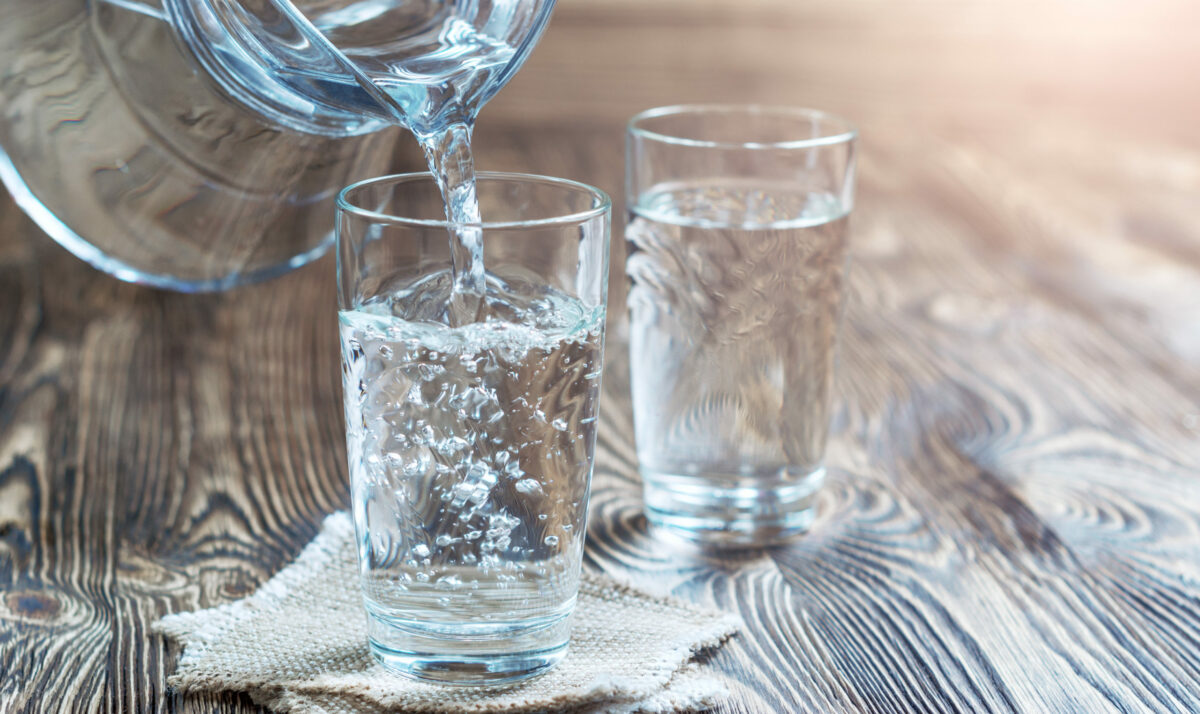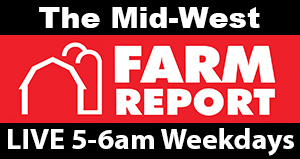
Three environmental groups and a dairy organization, working as partners to bring about long-term solutions to Wisconsin’s water quality issues, are cheering an announcement that $10 million will be made available to protect owners of private wells from contaminated drinking water.
Gov. Tony Evers said earlier this week he was committing federal funds to support replacing or treating private wells that are contaminated. The new grant program will expand eligibility beyond the state’s current Well Compensation Grant Program to support more well owners.
“This investment is a significant, fundamental step forward in ensuring that all of our state’s residents have clean water to drink,” said the groups — Clean Wisconsin, the Dairy Business Association, The Nature Conservancy in Wisconsin, and WI Land+Water.
Sustained financial support for families with contaminated wells was included in a budget blueprint the groups presented in 2021 as part of a broad plan to improve water quality in Wisconsin while supporting farmers’ conservation efforts. They have been partners in a clean water initiative since 2020.
“Wisconsin must prioritize access to clean water for every resident. This is a responsibility all of us share. We are thankful to see Gov. Evers’ major action toward that goal,” the groups said. “Much more remains to be done to address water quality issues in our state, and we look forward to continuing to work with the governor, Legislature and each other on further improvements.”
The financial support will come from one-time funds Wisconsin received through the American Rescue Plan Act, a 2021 law that directed federal money to states during the pandemic.
“Ensuring access to clean drinking water is essential to our rural neighbors and our own families and farms, so expanding eligibility for this critical support is significant,” says DBA President Amy Penterman. “It is also part of a larger effort needed to protect and improve water quality while supporting farmers in our important role as caretakers of the environment and business owners. We are part of the solution and will continue to expand the use of innovative conservation practices through scientific research, collaboration with partners, and a commitment to the well-being of our communities.”
Key components of the new program:
–Eliminate the requirement that a nitrate-contaminated well is only eligible for a grant if it is used as a water supply for livestock
–Lower the nitrate threshold for nitrate-contaminated wells from 40 parts per million (ppm) to 10 ppm to comply with the state’s public health standards
–Lower the arsenic standard for arsenic-contaminated wells from 50 parts per billion (ppb) to 10 ppb to comply with federal drinking water standards
–Allow any source of bacterial contamination that presents a human health risk to be eligible for the program, not just fecal bacteria caused by livestock
–Increase the family income limit for grants from $65,000 to $100,000, a threshold that has not been raised since 1995
–Eliminate the requirement that an award must be reduced by 30 percent of the amount by which the claimant’s income exceeds $45,000 if the claimant has a family income that exceeds $45,000
–Expand eligible applicants to include owners of contaminated non-community wells (churches, daycare centers, rural restaurants and other small businesses) and basing income eligibility on the property or business owner’s income instead of family income

Leave a Reply